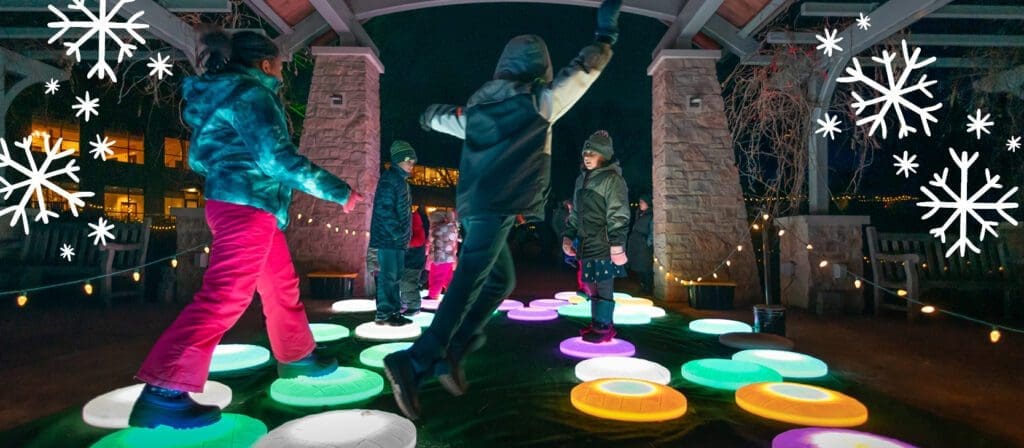As the seasons change yet again, our Horticulture Team has followed suit with the planting of 1,818 native emergent wetland plants around two storm water basins of the Schneider Family Grand Garden. The revitalization of these storm water filtration basins not only makes for an even more beautiful garden area, but it also aligns perfectly with our sustainability efforts as part of our mission as a botanical garden.
One of these basins, found under the bridge from the Concessions Building to the Billie Kress Amphitheater, was planted with native perennial plants and shrubs. Some of these plants in this area include whorled and swamp milkweed, wild quinine, rattlesnake-master, ‘Venusta’ queen of the prairie, Lecithin camass, ‘Prairie Glow’ brown-eyed Susan, evening primrose, and ‘Baby Joe’ dwarf Joe Pye weed
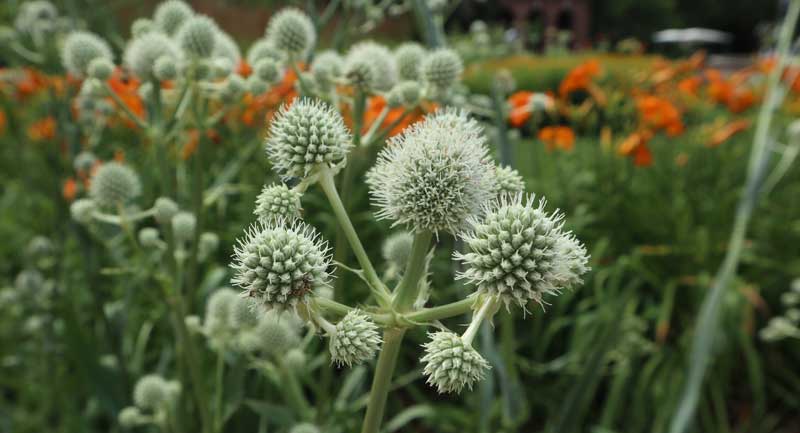
The other basin, which lies across from Magnolia Grove, was planted using a native perennial seed mix along with native trees and shrubs. The shrubs that surround the basin across from the magnolias are ‘Sugar Shack’ buttonbush, ‘Jim Dandy’ and ‘Shortcake’ winterberry, and ‘Bergson Compact’ redosier dogwood. Some of the native seeds in that area are blue vervain, black-eyed Susan, cup plant, and western sunflower.
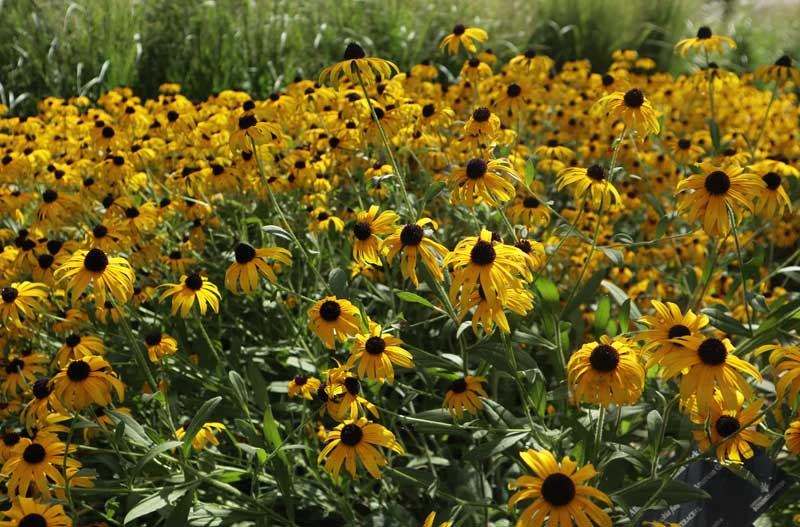
You might be wondering what makes these basins so beneficial. Creating storm water filtration basins, bioswales, rain gardens, or any other similar storm water management systems contributes to a sustainable ecosystem by:
- Capturing and temporarily storing water to reduce runoff of polluted waters in our waterways causing harm to aquatic wildlife.
- Allowing pollutants and contaminates in the water to be filtered (with the help of native plants and their extensive root systems) before reaching the groundwater.
Although these basins were replanted by our Horticulture Team, they were originally constructed by Miron in 2017 when the Grand Garden was built. There are multiple layers of sand and engineered soils in each to allow for quick filtration of rainwater and runoff.

One of the best parts about these systems is that anyone can create a similar structure on their own property! There are many guidelines and suggestions online as far as how big your basin or rain garden should be given the square footage of roofs and paved areas, and how far these should be away from the house etc., so be sure to do your research.
Whenever it rains, all that water has to go somewhere. Our homes, patios, driveways, and other hard surfaces prevent water from seeping into streams and underground aquifers. Instead, the rainwater usually runs off into storm drains and sewers, often carrying pollution with it that can contaminate water supplies.
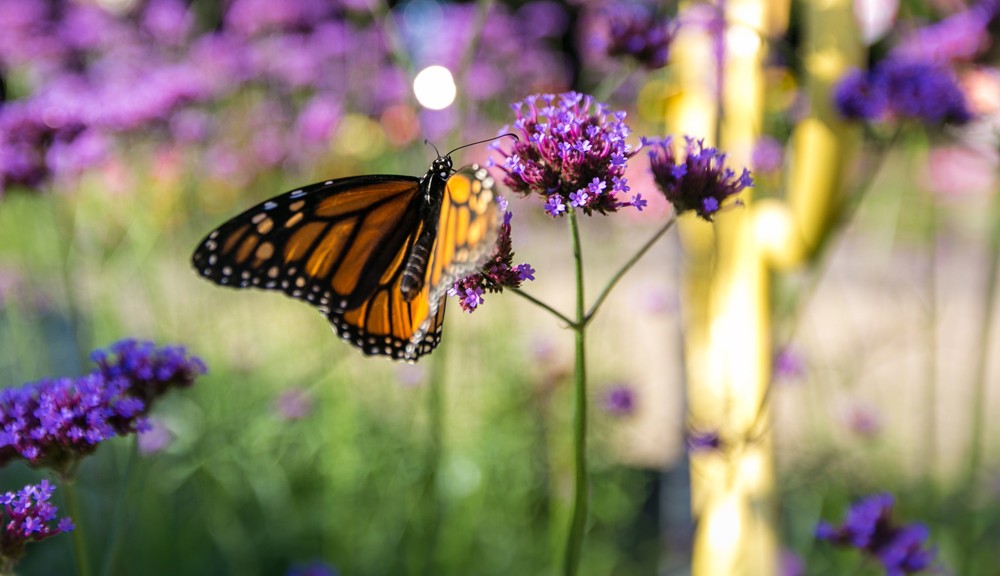
Creating a rain garden in your yard is a practical and beautiful solution to this problem. This water-smart landscape feature is designed to catch and filter rainwater runoff with the help of native plants. Plus, your rain garden will provide a home to birds, butterflies, and other beneficial creatures.
Use these easy steps to design your own eco-friendly rain garden.
Choose the Right Site for Your Rain Garden
Take a good look at your yard: Do any low areas in it have a little standing water after a heavy rain? That could be a natural place to start a rain garden. You also want the site to be in full sun to part shade and at least 10 feet away from your house. Finally, locate your rain garden down a slope from a downspout, ditch, or other outlet for water that’s draining from hard surfaces on your property.
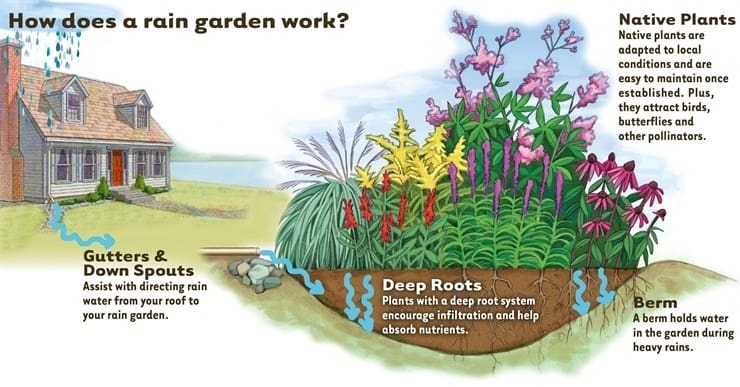
Prepare Your Soil
Remove any lawn or other vegetation from the spot where you’d like to create a rain garden. Clay soils work best because they have a slower filtration rate, allowing water to slowly drain. If you’re unsure of the type of soil you have, you can complete a soil test, which can usually be done for a small fee through your state’s extension service – for us it’s Extension Brown County. If you have loose, sandy soil, you’ll need to add water-absorbing compost and topsoil to the rain garden area.
Select Native Flowering Plants & Grasses
The best rain garden plants are those that can tolerate wet sites. Many native plants from boggy habitats work well. Try to use native grasses, sedges, and rushes in at least one-third to one-half of the rain garden. These plants have very deep root systems that help water seep down into the soil. Also, select plants with different types of foliage, texture, and colorful flowers for a well-rounded appearance.
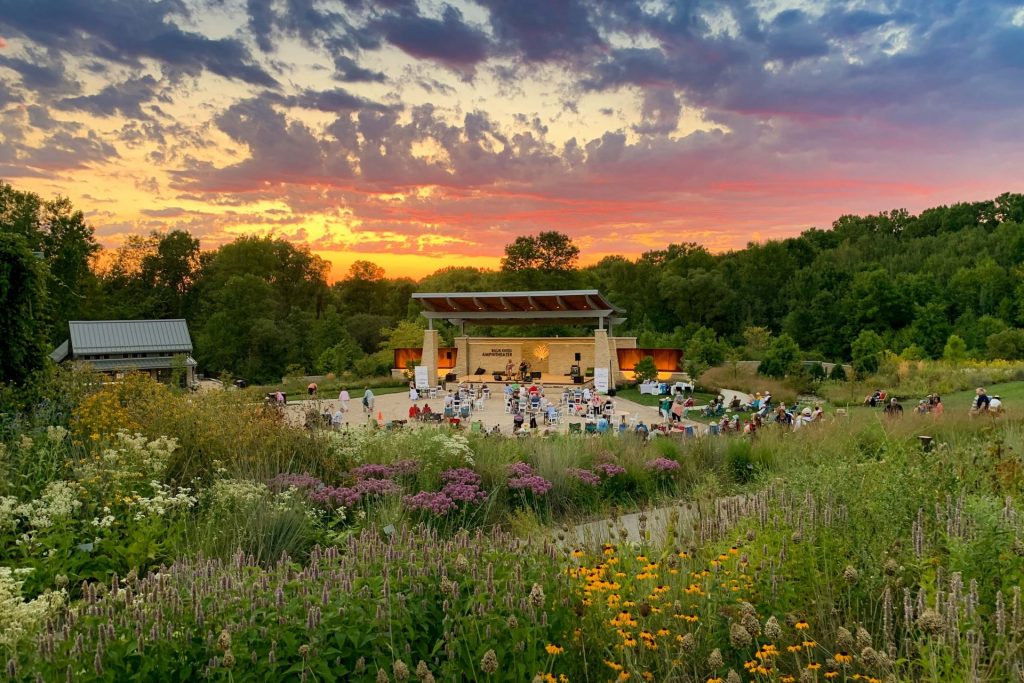
Add in Marginal Plants
Other good plant choices for a rain garden include marginal plants that aren’t necessarily native. These plants typically grow near the margin, or edge, of a pond, and tolerate both extremes of moisture. They thrive in soggy soil but are content in dry spells too, bouncing back when water becomes available again. Such plants include ‘Bengal Tiger’ canna, scarlet rose mallow, yellow flag or Siberian iris, cardinal flower, and obedient plant.
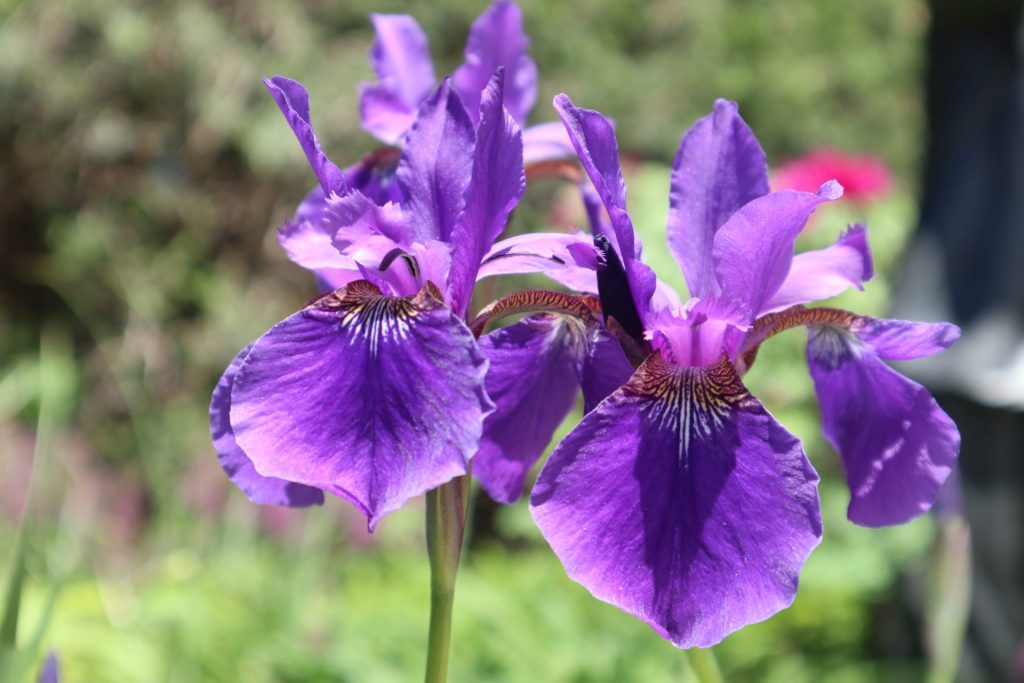
Plan & Plant Your Rain Garden
For the final step, arrange the plants how you’d like them, spacing according to label directions. Consider planting in larger drifts of 5-7 plants for a more natural look and the best overall impact.
Once you’ve gotten all plants in the ground, water well and add a layer of mulch. If the weather is dry for the first couple of weeks after planting, continue watering to help your new plants get established. Remove any weeds that pop up throughout the growing season.
After your rain garden’s first summer, it won’t need much additional care other than cutting back old, dead growth in spring!




